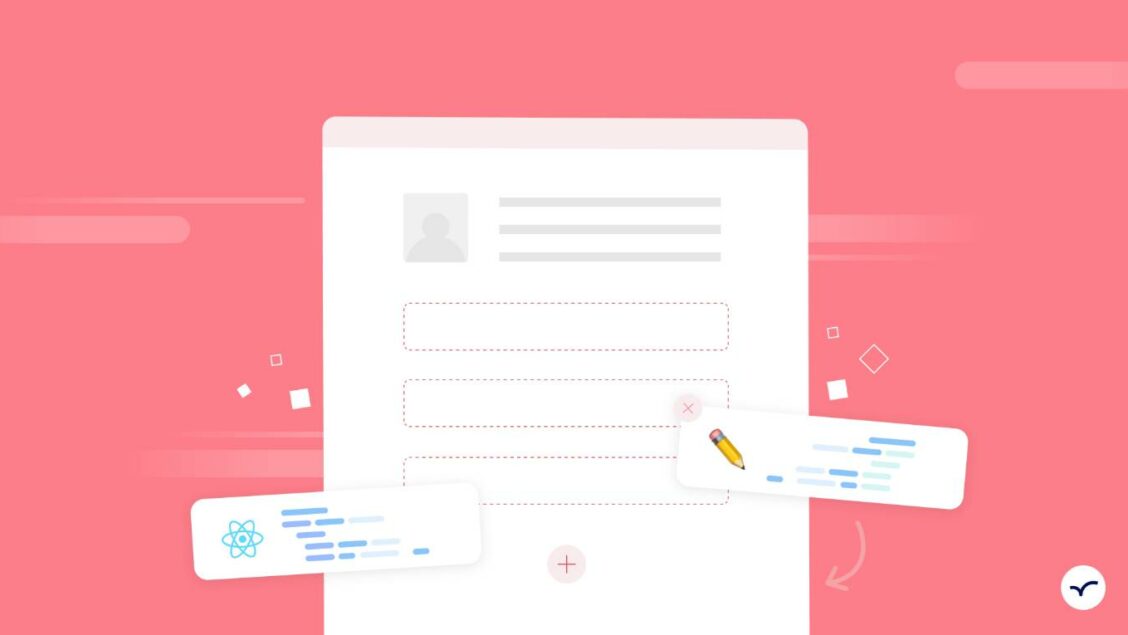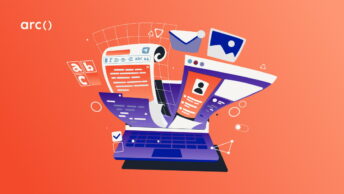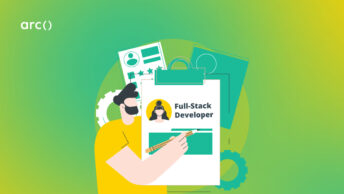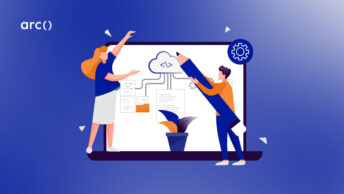When you’re in the process of becoming a software engineer, your resume is your first opportunity to make an impression and to showcase the best of your abilities.
But, most recruiters recommend limiting the length of your resume to one page per decade of work experience. A good rule of thumb is to keep your resume to two pages, no matter how much great experience you have. (You can learn more great resume formatting tips here.)
Space on a resume, therefore, is valuable real estate.
It can be challenging to craft a resume that tells the full story of your professional achievements in software development while sticking to two pages.
As you advance in your career, some of your experience, skills, and certifications may be less relevant for any senior-level positions for which you apply.
Looking to hire the best remote developers? Explore HireAI to see how you can:
⚡️ Get instant candidate matches without searching
⚡️ Identify top applicants from our network of 300,000+ devs with no manual screening
⚡️ Hire 4x faster with vetted candidates (qualified and interview-ready)
Try HireAI and hire top developers now →
Here’s what to put on a resume — and what to leave off:
What To Put On A Software Developer Resume
First and foremost, it’s important to tailor your resume for software developer jobs to the specific opportunity for which you are applying.
Even if you use a resume template to start with, make sure the content in each section is written to address the requirements and responsibilities in the open position’s job description.
A software developer resume should typically have six to seven elements, not necessarily in this order:
- Contact information (in the header)
- Summary (optional — see below)
- Experience
- Technical skills
- Other skills (e.g., soft skills)
- Projects
- Software engineering degree and other education and certifications
Some career experts recommend adding a summary to your software development resume. A summary can help translate how your experience and skills suit the role for which you are applying.
Here’s an example computer science resume summary paragraph:
Recent computer science graduate (master’s degree) with one year of experience as an intern at Google where I increased team productivity by 13%. Member of the Association for Women in Computing, with a certification from Harvard in Building Interactive Web Applications For Data Analysis. Keen on building on computer science background and programming experience to become a valuable Microsoft software developer.
Here is another intro statement from an IT resume sample:
I am a mathematics graduate with six years of experience working in a top Oregon accounting firm. My key achievements include increasing monthly recurring revenue by 46% over the past 2 years and reducing budget variance by 37%. Having self-educated experience in SQL querying, Active Directory, and various server management platforms, I am now eager to carve out a career as the new IT Analyst, Level 1 at Gemini Informatics that builds on my quantitative, technical, and analytical skills.
A summary section is also a great way to make sure you’re including keywords that will get your resume accepted by an applicant tracking system (ATS). Software developer resume keywords should include technical skills, proficiency in particular programming languages, libraries, and frameworks, and anything else deemed important from the job description (honestly, of course).
To find keywords to use throughout your resume, use language from the job description as your guide. Scan the company’s LinkedIn page for more language that mirrors the way they describe themselves. While there are certain software developer keywords to include on a resume, your best bet is to scan each software engineering job description to note exactly what they’re searching for in a candidate.
Don’t forget to include keywords related to both your soft skills and hard skills. Soft skills are more technical abilities, like coding languages, while soft skills are developed throughout your life, such as learning how to improve analytical skills. The further you are in your career, the more important it will be to highlight leadership, communication, and time management on your resume. Quantify these skills with concrete metrics: for instance, “completed x projects ahead of deadline and under budget.”
Finally, some recruiters still care about your education and certifications. You can include this section if you’re still relatively new in your career.
Some software developers choose to replace or supplement the education section with a “personal projects” section, showing coding projects outside of work hours. If you’re running out of space, link to an online web development portfolio, instead.
Finally, show how you’ve kept your software development skills up-to-date with recent certifications or completed courses.
Read More: 9 Important Cross-Cultural Communication Tips for Remote Developers
What To Leave Off A Resume
Ultimately, the goal of a resume is to get you through to the next stage — whether that’s a coding test or a job interview — so you can expand on your skills and qualifications. Therefore, a modern software developer resume must be concise, simple, and high level.
Outdated or Irrelevant Information
Leave off jobs that are irrelevant to your current career objectives or those that are older than 10 years. Jobs that are unrelated to your current trajectory — like math tutoring you’ve offered on the side — are just a distraction from your more important experiences.
Jobs that are older than 10 years could trigger an unconscious bias in the recruiter around your age. Likewise, leave off any outdated skills that don’t make you stand out (e.g., “Proficient in Microsoft Word”).
Personal Photo
There’s some debate as to whether or not you should include a photo on your resume. The answer is that it depends on the specific opportunity you are applying for.
Companies based in the US tend to view photos on resumes negatively. Headshots and profile photos can open a hiring team up to discrimination allegations, and many ATS programs have difficulty parsing images, anyway.
However, if you’re applying to a remote software engineering position, you may want to add a photo — or at least a link to your LinkedIn profile.
Writing in the Third Person
Finally, some experts caution against writing in the third person. “Every single time I read a resume in which the author does this, all I can think of is someone sitting around in a smoking jacket, with a pipe, pontificating on and on about himself,” wrote one recruiter. While it’s important to show metrics, do so in a way that keeps it simple, understandable, and easy to scan.
It’s important to customize your resume for every job opportunity for which you are applying. More than 50% of recruiters said they reject software engineering resumes when they aren’t tailored to the specific job opportunity.
While much of your software development experience will be relevant for multiple positions, update things like your summary statement, accomplishments, and skills section each time you submit a resume.
Read More: How to Collaborate Effectively as a Remote Developer
You can also explore HireAI to skip the line and:
⚡️ Get instant candidate matches without searching
⚡️ Identify top applicants from our network of 250,000+ devs with no manual screening
⚡️ Hire 4x faster with vetted candidates (qualified and interview-ready)








